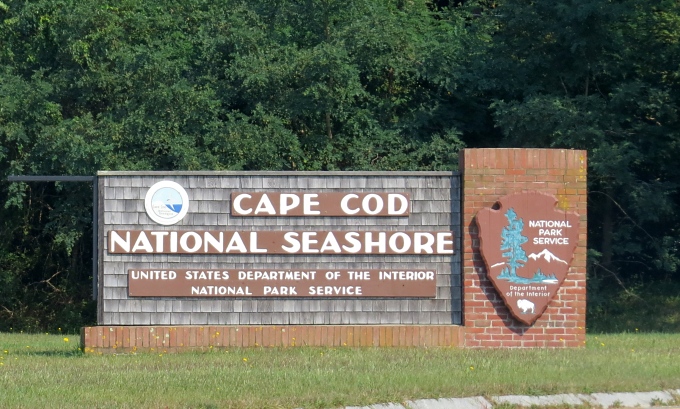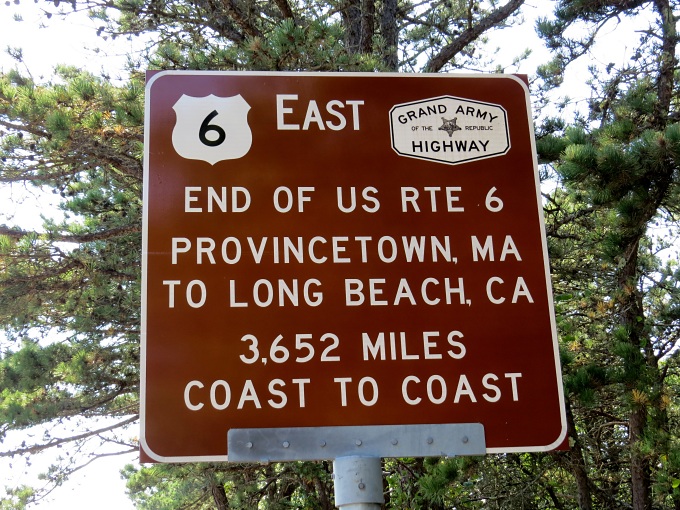Cape Cod National Seashore
/Once again, the National Park Service proved that it is indeed, “America's best idea”. From Eastham to the dunes beyond Provincetown (or P-town as it is referred to locally), the Cape Cod National Seashore encompasses 40 miles of protected beaches, saltponds, wild cranberry bogs, marsh areas and inland estuaries that are amazingly beautiful and pristine. A network of bike trails and footpaths follow the shore and allow a distinctive look at the real Cape Cod, not the touristy one you see from the highway. Though we spent a good portion of a day in Provincetown, we couldn't leave the Cape without exploring more of its lighthouses, dunes, and natural beauty.
There are two NPS Visitor's Centers, one on either end of the 40 mile stretch of beaches. Just a few miles from the tourist hustle and bustle of P-town, we traveled up Race Point Road to the Province Lands Visitor Center. Here we found solitude, drifting sand dunes and endless ocean views, a marked and welcome difference from P-town's crowded streets.
After getting a trail map from the Visitor's Center, we followed the Beech Forest Trail and met no one in our path. Mingled with the beech trees were native sassafras and sarsaparilla, oaks and birch. Birds sang and twittered, squirrels chattered and rays of sun cut through the thick foliage. It smelled clean and earthy … a pleasant afternoon respite and good place to enjoy our picnic lunch.
Back on Race Point Road, we headed to the Old Harbor Life-Saving Station, part of the NPS facility. This station originally built in 1898 in Chatham on the other side of the Cape, was floated to its present location and restored for visitors. That must have been quite the feat!
The 13 Life-Saving stations along Cape Cod's shoreline were the precursors to the US Coast Guard. Cape Cod's Atlantic coastline is a treacherous area and a graveyard for many ships. The volunteer rangers on site were full of interesting information and well-versed in the history of the building and the life-saving stations.
Operating from 1871-1915, these 13 stations were part of a national system of Life-Saving stations located in coastal areas that saw a lot of shipwrecks. They were responsible for saving the lives of more than 175,000 people. A pretty impressive statistic … even more so when you see the surf boats and limited equipment with which they had to work.
We reluctantly made our way back to Route 6 to begin the journey back home.
Instead of retracing our route, we branched off at Route 28 in Eastham to check out the other Visitor's Center (too late) and the Nauset Light (plenty of time).
The sight and smell of the ocean, watching sailboats skirt across the harbor in the light breeze or moored in the harbor ... today made us homesick for Nine of Cups. Soon, Cups … soon we'll we home.










